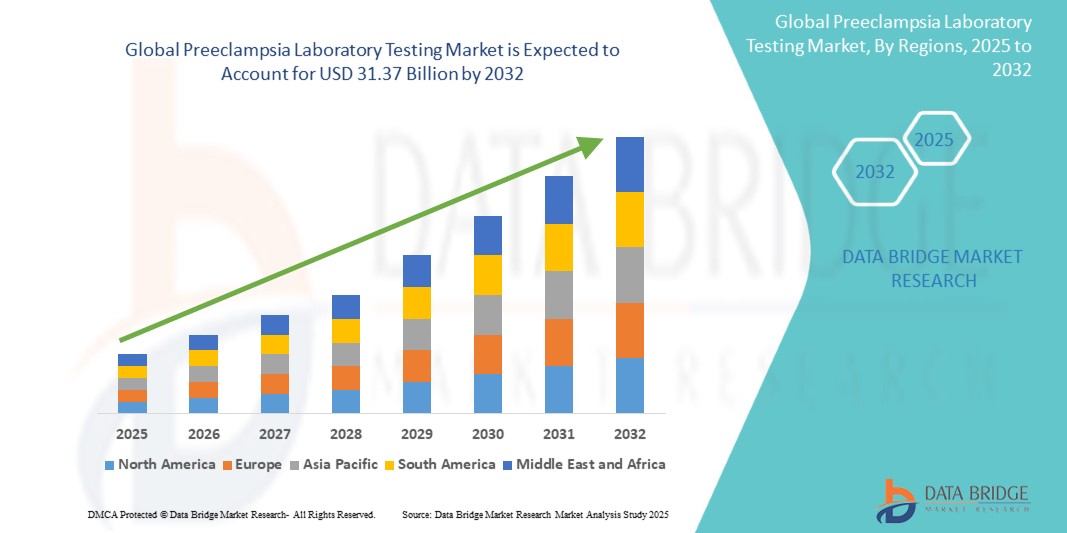Introduction
Preeclampsia is a serious pregnancy-related condition characterized by high blood pressure and signs of organ damage, usually affecting the liver and kidneys. It typically develops after 20 weeks of pregnancy and can lead to severe complications for both the mother and baby if left untreated. Early detection through laboratory tests is crucial in managing the condition and preventing adverse outcomes. This article explores the key laboratory tests used for early detection of preeclampsia and their significance in clinical practice.
Definition
Preeclampsia laboratory testing refers to a series of diagnostic tests used to detect and monitor preeclampsia, a pregnancy-related condition characterized by high blood pressure and organ dysfunction, typically involving the liver and kidneys. These tests include blood tests to measure protein levels, liver enzymes, platelet count, and kidney function, as well as urine tests to check for proteinuria. Early and accurate testing helps in timely intervention to prevent complications for both the mother and baby.
What is Preeclampsia?
Preeclampsia is a hypertensive disorder that can lead to life-threatening complications such as eclampsia, stroke, and organ failure. The exact cause is unknown, but risk factors include first-time pregnancy, obesity, multiple pregnancies, pre-existing hypertension, diabetes, and a family history of the condition. Symptoms of preeclampsia include severe headaches, vision problems, nausea, and swelling in the hands and feet. However, in some cases, the condition may be asymptomatic, making laboratory testing essential for early diagnosis.
Importance of Early Detection
Early detection of preeclampsia is critical in preventing complications such as preterm birth, placental abruption, and fetal growth restriction. Timely intervention, including lifestyle modifications, medication, and close monitoring, can significantly improve maternal and fetal health outcomes. Laboratory tests play a pivotal role in diagnosing and monitoring preeclampsia, allowing healthcare providers to take proactive measures.
Key Laboratory Tests for Early Detection
Blood Pressure Measurement:
Although not a laboratory test per se, blood pressure monitoring is the first indicator of preeclampsia. Persistent readings of 140/90 mmHg or higher after 20 weeks of pregnancy warrant further investigation.
Urinalysis and Proteinuria Testing:
Proteinuria, or the presence of excess protein in urine, is a hallmark of preeclampsia. A dipstick test can provide a quick assessment, while a 24-hour urine protein test offers a more accurate measurement. A protein level of 300 mg or more in 24 hours is considered abnormal.
Complete Blood Count (CBC):
A CBC test helps assess platelet levels and detect hemolysis, which are important indicators of preeclampsia severity. A low platelet count (thrombocytopenia) may signal HELLP syndrome, a severe variant of preeclampsia.
Liver Function Tests (LFTs):
Liver enzymes, including alanine aminotransferase (ALT) and aspartate aminotransferase (AST), are often elevated in preeclampsia. Elevated levels indicate liver stress or damage, necessitating immediate medical attention.
Renal Function Tests:
Serum creatinine and blood urea nitrogen (BUN) levels help assess kidney function. Elevated creatinine levels suggest impaired kidney function, a common complication of preeclampsia.
Serum Uric Acid Test:
Increased serum uric acid levels have been associated with preeclampsia and can serve as an early marker of the condition. However, this test alone is not diagnostic but can be used alongside other markers.
Placental Growth Factor (PlGF) and Soluble fms-like Tyrosine Kinase-1 (sFlt-1) Tests:
PlGF and sFlt-1 are biomarkers used in predicting preeclampsia risk. Low PlGF and elevated sFlt-1 levels indicate placental dysfunction, aiding in early diagnosis and risk assessment.
Doppler Ultrasound for Uterine Artery Flow:
Although not a laboratory test, Doppler ultrasound helps assess blood flow to the placenta. Abnormal uterine artery Doppler findings suggest an increased risk of developing preeclampsia.
Emerging Diagnostic Markers
Advancements in medical research have introduced novel biomarkers for preeclampsia detection, such as:
- Cell-free fetal DNA (cffDNA): Indicates placental abnormalities.
- Pentraxin-3 (PTX3): A marker of endothelial dysfunction.
- Metabolomic profiling: Detects metabolic changes linked to preeclampsia.
Future Trends of Preeclampsia Laboratory Testing Market
Advancements in Biomarker-Based Testing:
Biomarkers are playing a crucial role in the early diagnosis of preeclampsia. Tests measuring biomarkers like Placental Growth Factor (PlGF) and soluble fms-like tyrosine kinase-1 (sFlt-1) have gained prominence for their accuracy in predicting preeclampsia risk. Future developments will likely focus on refining these biomarkers for faster and more cost-effective testing.
Integration of AI and Machine Learning:
Artificial intelligence (AI) and machine learning (ML) are transforming laboratory testing by improving predictive analytics. AI-powered diagnostic tools can analyze vast amounts of patient data to identify high-risk pregnancies with greater accuracy. This trend is expected to drive early intervention strategies, reducing maternal and fetal complications.
Rise of Point-of-Care Testing (POCT):
The demand for rapid and accessible diagnostic solutions is fueling the development of point-of-care testing (POCT) for preeclampsia. Portable testing devices allow healthcare providers to diagnose patients in remote or low-resource settings, ensuring timely management. Future innovations in POCT will focus on enhancing accuracy and affordability.
Growing Adoption of Non-Invasive Testing:
Non-invasive testing methods are gaining traction as they minimize risks to both mother and baby. Researchers are working on blood-based and urine-based tests that provide reliable results without requiring complex procedures. These advancements are expected to make preeclampsia testing more patient-friendly and widely accessible.
Expanding Research on Genetic and Epigenetic Markers:
Genetic and epigenetic factors play a significant role in preeclampsia development. Scientists are exploring gene-based testing to predict susceptibility to the condition. In the future, personalized medicine approaches may leverage genetic profiling to create tailored prevention and treatment strategies for at-risk mothers.
Increased Government and Private Sector Investments:
Governments and healthcare organizations worldwide are investing in preeclampsia research to improve maternal health outcomes. Funding for innovative diagnostic solutions is expected to drive market growth. Additionally, collaborations between biotech companies and research institutions will accelerate the development of advanced testing methodologies.
Growth Rate of Preeclampsia Laboratory Testing Market
According to Data Bridge Market Research, the Preeclampsia Laboratory Testing market was valued at USD 16.32 billion in 2024 and is expected to reach USD 31.37 billion by 2032, with a CAGR of 8.51% from 2025 to 2032.
Read More: https://www.databridgemarketresearch.com/reports/global-preeclampsia-laboratory-testing-market
Conclusion
Preeclampsia is still a prominent cause of maternal and foetal morbidity and mortality. Early detection through laboratory tests, combined with regular prenatal care, is essential in managing the condition effectively. Women at high risk should undergo routine screening to ensure timely intervention and improved pregnancy outcomes. By understanding the key laboratory tests for preeclampsia detection, healthcare providers can make informed decisions and safeguard maternal and fetal health.


